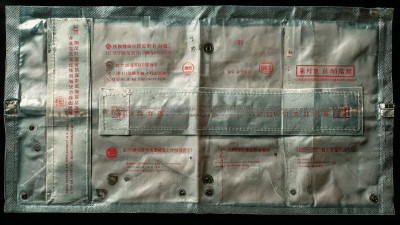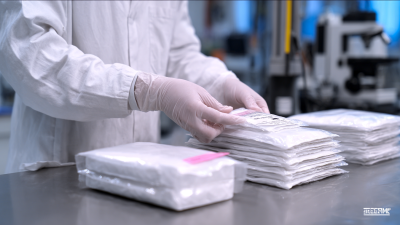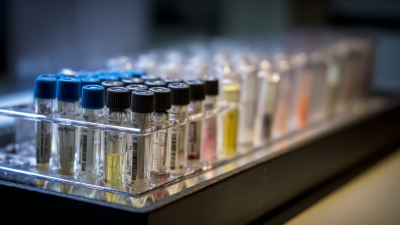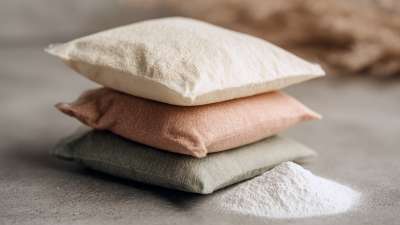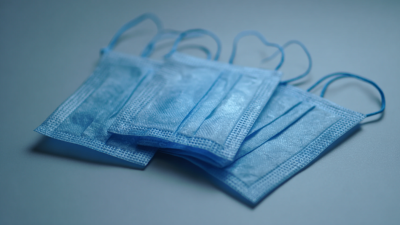 +86 178 5514 5298
+86 178 5514 5298
Leave Your Message
-
 CONTACT NUMBER
CONTACT NUMBER -
 CONTACT NUMBER
CONTACT NUMBER -
 CONTACT NUMBER
CONTACT NUMBER



In the world of biological research and clinical practices, the proper storage and handling of samples are critical to ensuring the integrity and reliability of test results. Enter the Specimen Sleeve—a revolutionary solution designed specifically for the safe and effective storage of samples. These specialized sleeves provide a protective barrier against contamination, environmental factors, and physical damage, thus safeguarding valuable specimens for accurate analysis. This guide will delve into the ultimate benefits of utilizing Specimen Sleeves for sample storage, exploring their design features, ease of use, and how they can streamline laboratory processes.
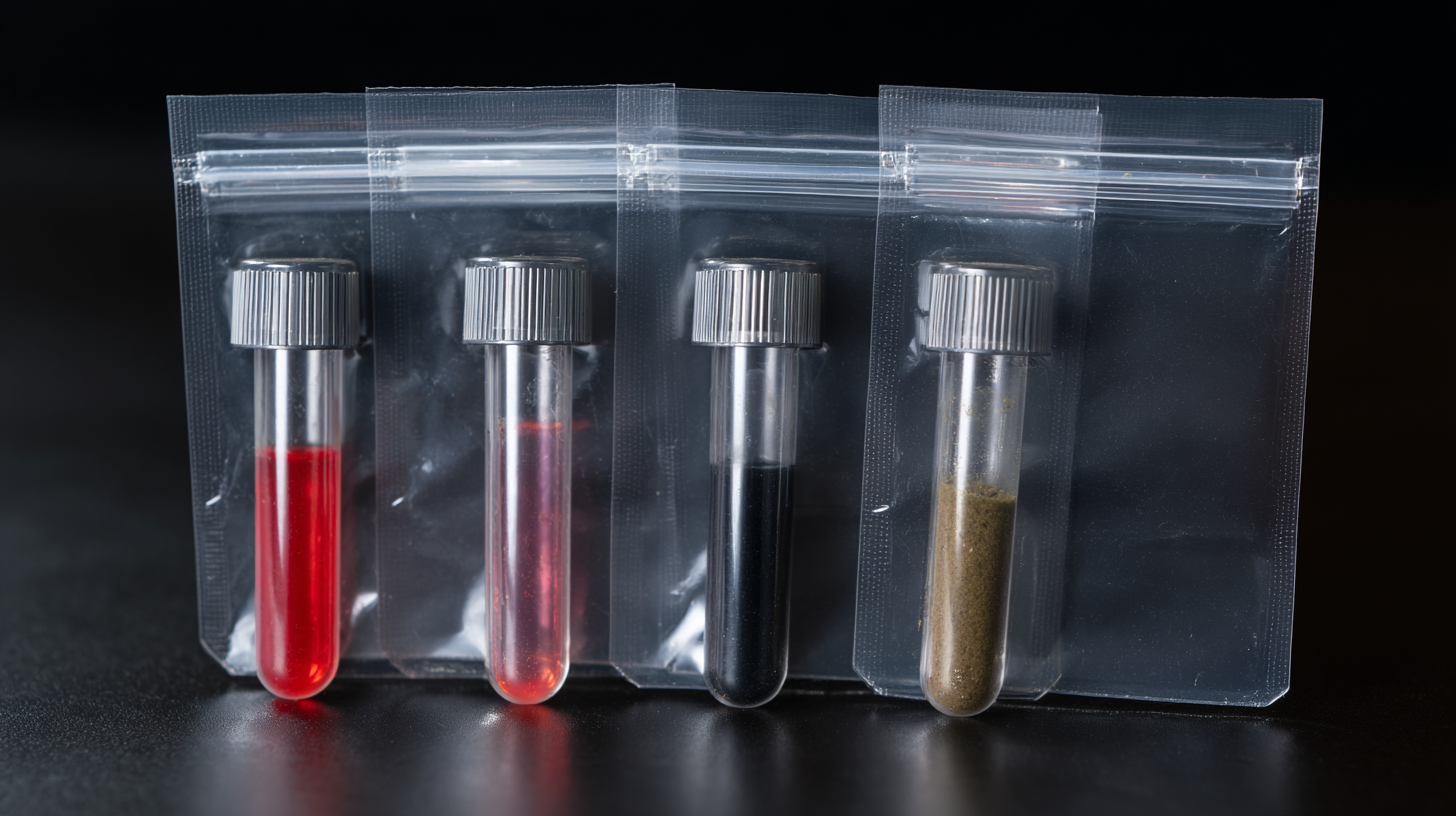
Whether you are a researcher, laboratory technician, or healthcare professional, understanding the advantages of Specimen Sleeves will empower you to enhance your sample management practices and maintain the highest standards in your work. Join us as we uncover the significant impact that these innovative storage solutions can have on your laboratory efficiency and specimen integrity.
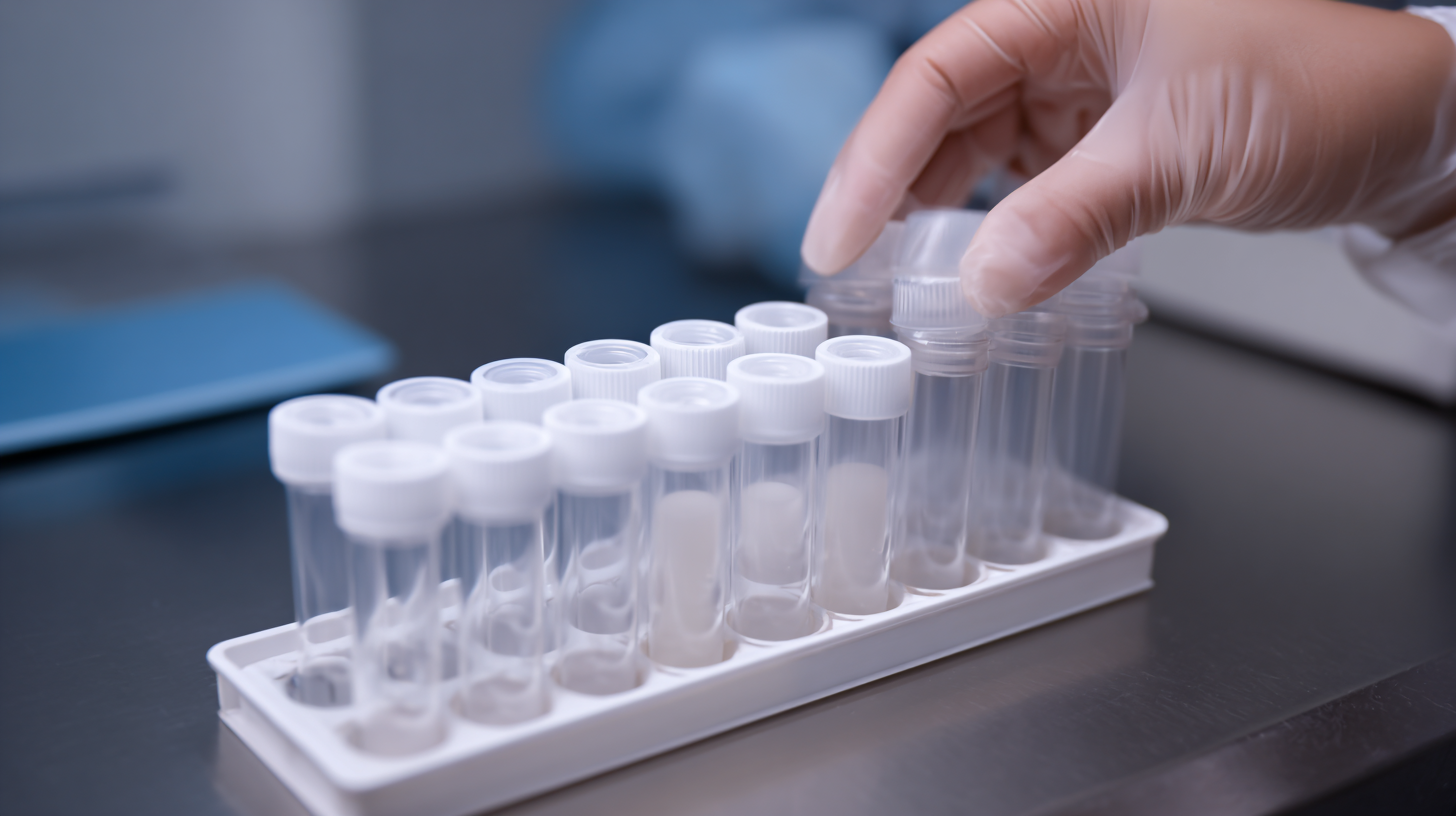 In laboratory environments, the integrity and safety of samples are paramount. Specimen sleeves play a crucial role in ensuring that biological, chemical, and hazardous samples are stored securely and transported safely. Made from durable materials, these sleeves provide a protective barrier against environmental contaminants and minimize the risk of spillage or leakage during handling. This is especially important in labs dealing with sensitive samples that require strict adherence to safety protocols.
In laboratory environments, the integrity and safety of samples are paramount. Specimen sleeves play a crucial role in ensuring that biological, chemical, and hazardous samples are stored securely and transported safely. Made from durable materials, these sleeves provide a protective barrier against environmental contaminants and minimize the risk of spillage or leakage during handling. This is especially important in labs dealing with sensitive samples that require strict adherence to safety protocols.
Moreover, specimen sleeves enhance the organization and traceability of samples. Each sleeve can be labeled with essential information such as sample ID, date of collection, and storage conditions, streamlining the process of identification and retrieval. This degree of organization is vital in a fast-paced laboratory setting, where time and accuracy are of the essence. By utilizing specimen sleeves, labs not only safeguard their samples but also improve workflow efficiency, ultimately contributing to more reliable research outcomes and enhanced safety for laboratory personnel.
Specimen sleeves are rapidly becoming an essential tool for laboratories and research facilities looking to enhance the safety and longevity of their sample storage. These innovative sleeves offer a variety of advanced features designed specifically for optimal specimen protection. For instance, many are constructed from durable, high-quality materials that are resistant to temperature fluctuations, moisture, and chemicals, thereby ensuring that vital samples remain intact and uncontaminated over time.
One of the standout features of modern specimen sleeves is their user-friendly design, which often includes transparent sections for easy visibility and identification. This practical aspect allows researchers to quickly locate and access specific samples without the need to remove them from their protective casings. Additionally, some sleeves are equipped with tamper-proof seals that enhance security, much like the sophisticated design elements found in contemporary passport booklets that safeguard sensitive information. By integrating such innovative features, specimen sleeves not only advance laboratory safety but also streamline workflow, ultimately contributing to more efficient research outcomes.
This chart illustrates the various benefits of using specimen sleeves in terms of sample protection and storage efficiency. The data highlights key advantages that enhance laboratory and clinical practices.
Specimen sleeves offer an innovative and cost-effective solution for laboratories and clinics focused on sample storage. By utilizing these efficient protective coverings, organizations can significantly reduce the time spent on handling and organizing specimens. The standardized design of specimen sleeves ensures that samples are easily accessible and identifiable, thereby minimizing the risk of misplacement or mix-ups. This streamlined approach not only enhances productivity but also allows medical professionals to allocate their resources more effectively.
In addition to saving time, specimen sleeves prove to be economically advantageous. They protect valuable samples from contamination and deterioration, which can lead to costly re-tests or the loss of crucial data. Furthermore, these sleeves are often made from durable materials that withstand various environmental factors, ensuring that samples remain intact over longer periods. Therefore, investing in specimen sleeves not only enhances the reliability of sample storage but also optimizes resource allocation, ultimately leading to significant cost savings in the long run.
When it comes to sample storage, traditional methods often fall short in terms of safety and efficiency. Glass vials and plastic containers, while commonly used, can be prone to breakage, contamination, and label degradation over time. This can lead to costly errors in labs where precision is paramount. In contrast, modern specimen sleeves offer a robust solution, providing excellent protection against external elements while ensuring easy access to samples.
One of the key benefits of using specimen sleeves is the enhanced labeling system they support. Many sleeves are designed with clear windows, allowing for easy visibility of sample labels without the risk of wear and tear. To maximize the benefits of your specimen sleeves, consider implementing a color-coding system for different sample types. This simple tip can streamline your storage processes and improve sample retrieval efficiency.
Additionally, specimen sleeves are often made from materials that are more resistant to chemical reactions, meaning your samples remain stable and uncontaminated. To further improve sample integrity, store sleeves in a consistently controlled environment and regularly audit your inventory. This proactive approach will ensure that your samples remain in optimal condition, giving you the peace of mind needed for accurate results.
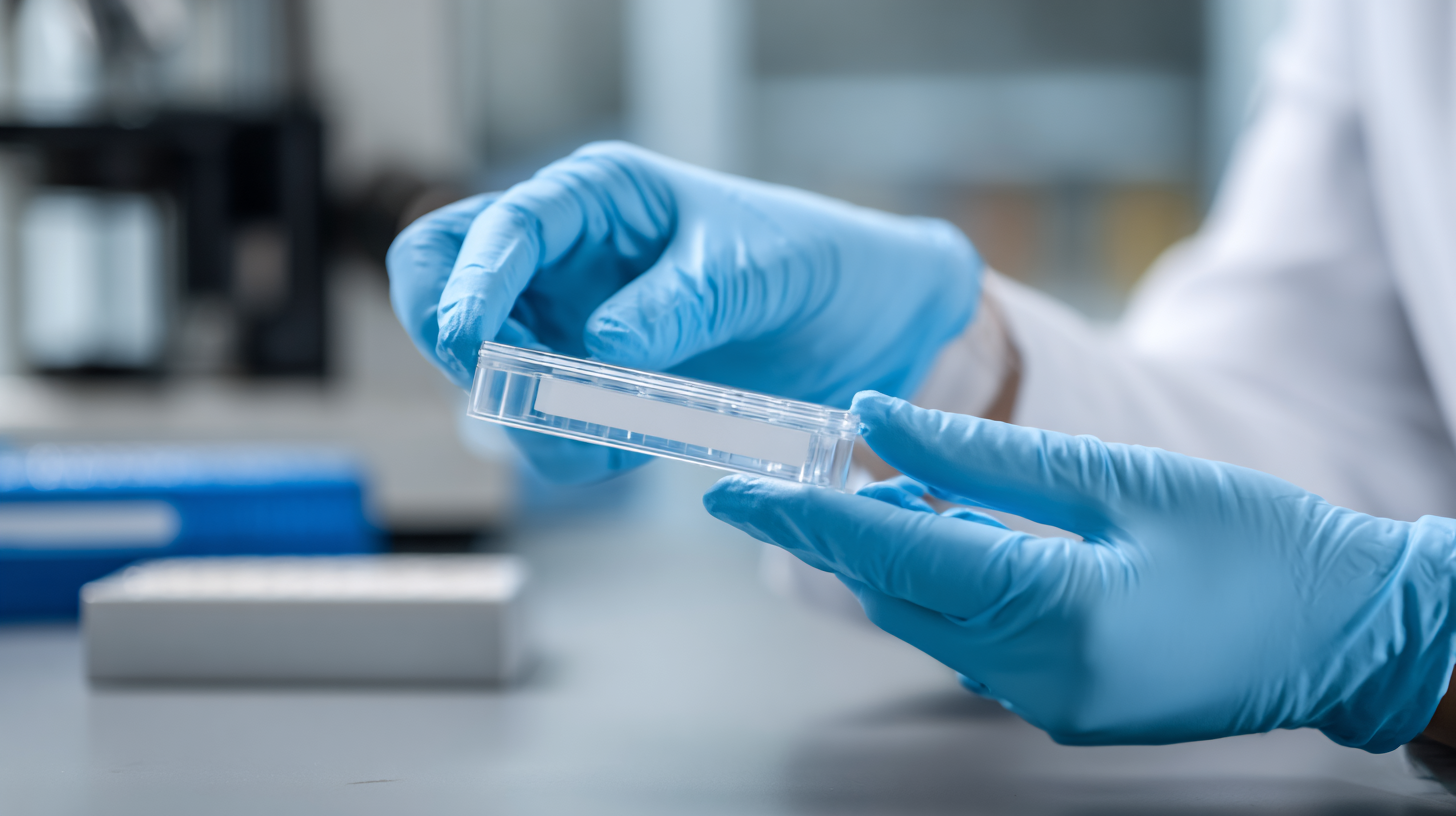
Utilizing specimen sleeves in sample management is essential for maintaining the integrity and quality of biological materials. One best practice is to ensure that all specimens are correctly labeled before storage. Accurate labeling helps in easy identification and minimizes the risk of mix-ups. Additionally, it’s crucial to choose the right material for the specimen sleeves based on the type of sample being stored. For instance, sleeves made from cryogenic materials are ideal for samples that require extremely low temperatures, while standard plastic sleeves might suffice for room temperature storage.
Another important aspect of using specimen sleeves is organization within the storage system. Implementing a systematic approach, such as categorizing samples by type or date, allows for efficient retrieval and minimizes the chances of damage. Regularly checking the condition of the sleeves and the samples within them is also vital. This ensures that any degradation or contamination is promptly addressed, preserving the samples for future analysis. By adhering to these best practices, laboratories can enhance their sample management processes and ensure the longevity of specimen integrity.
| Benefit | Description | Best Practice |
|---|---|---|
| Protection | Specimen sleeves provide a barrier against environmental factors such as dust and moisture. | Always ensure specimens are dry before sealing in sleeves. |
| Labeling | Sleeves often feature a clear space for labels, reducing the risk of misidentification. | Use waterproof markers for labeling to prevent smudging. |
| Organization | Using sleeves helps in grouping similar specimens which enhances inventory tracking. | Categorize specimens based on type and ensure uniform sleeve size. |
| Durability | High-quality specimen sleeves are resistant to tearing and puncturing. | Regularly inspect sleeves for wear and replace as needed. |
| Compliance | Using sleeves helps meet regulatory requirements for specimen storage. | Familiarize with and adhere to local and national storage regulations. |
